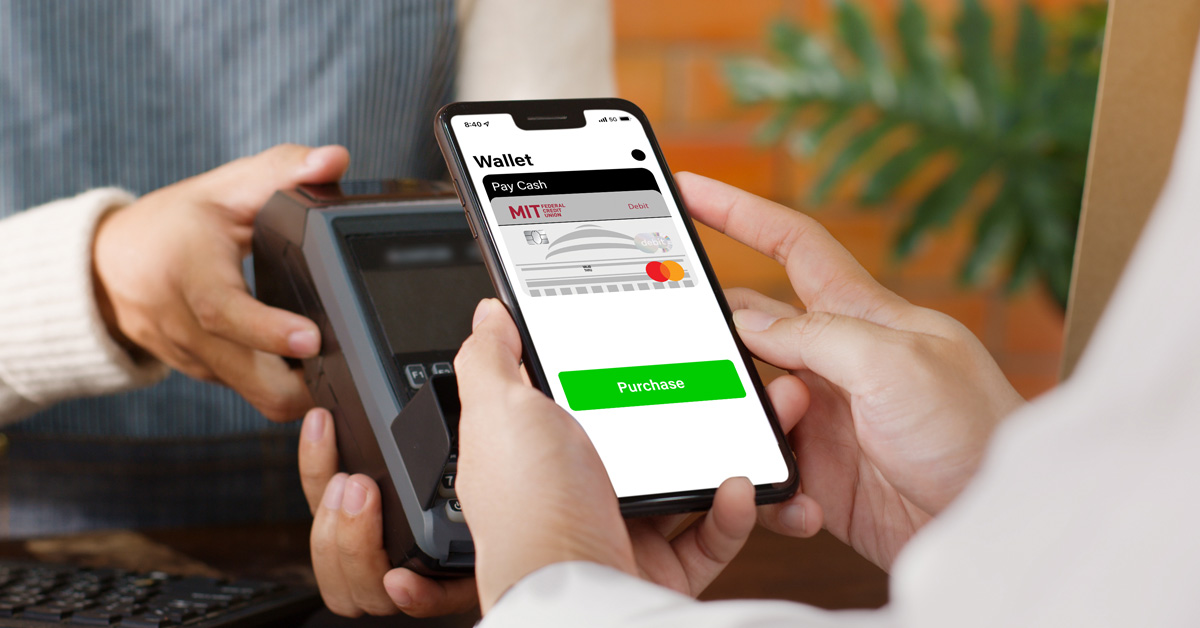Six Ways to Tell if a Website is Safe
In today’s world, where we get our furniture, news and entertainment through the internet, staying safe online is paramount. The web is rife with scammers employing sophisticated tactics to get at your money and your information. Unwittingly visiting an unsafe website can lead to scammers installing malware in your device, which can include spyware that finds your financial information and delivers it to the scammers, as well as ransomware, which can hold your device and data hostage for a steep fee. Each of these can result in scammers emptying your accounts, taking out new loans and lines of credit in your name and, ultimately, committing identity theft with your personal information.
Fortunately, with the right steps and protective measures, you can easily avoid unsafe websites. Here are six ways to tell if a website is safe and secure.
- Look for an SSL certificate
Secure websites will have an SSL, or a Secure Sockets Layer. An SSL is a digital certificate that verifies a website is authentic and will automatically encrypt all personal information and financial data. There are two primary indicators of an SSL, both of which are easily visible in the site’s URL that’s displayed in your web browser:
- An ‘s’ after the ‘http’
- A padlock icon
It’s important to note that most browsers will hide the beginning of the URL, which generally includes these two indicators of an SSL. However, you can easily read the entire URL by copying and pasting it to another tab, a Microsoft Word document or a Google Drive doc. Some browsers will also reveal this info if you hover over the left-hand side of the URL. In addition, clicking on the padlock icon will reveal more information about the site’s security.
- Evaluate the URL structure
Next, look at the URL carefully. Are there any misspelled words? Does the URL mimic a well-known site or retailer? Scammers will often lure victims by creating bogus sites that look like they represent well-known companies. However, careful scrutiny of the URL will reveal basic spelling errors that give the scam away. You may also find that the site, which allegedly represents a famous company, belongs to a public domain, such as Gmail or Yahoo, as opposed to a private business domain, like Amazon.com. This, too, will tell you that you’re likely looking at a scam.
- Look for the company’s contact info
Legitimate companies are eager to have you connect with them for any reason. They’ll generally display their contact information on their home page or provide a link through which to easily access it. Scammers, on the other hand, try to keep themselves as invisible as possible. You likely won’t find any tabs that say “Contact Us” or “About Us” on their website. You may find their email address on their site, but a phone number and street address will be glaringly absent or clearly made up.
- Check the spelling and graphics
Authentic companies will take the necessary steps to make a professional impression on visitors to their website. Scammers, on the other hand, will not. Use their carelessness to your advantage by looking out for spelling mistakes and typos throughout the site. You can also be on the lookout for cheap design elements, including images that are clearly not original and logos that are poorly created. Each of these clues can signify a scammy website.
- Heed your device’s security warnings
If you enter a site’s URL into your computer and a warning pops up to alert you that the site you’re attempting to access is not safe, do not ignore it. You can choose to advance to this site, or back out. Unless you’re absolutely sure the site is secure despite the warning, it’s best not to choose to advance to the site. Websites that are flagged by devices generally do not pass the most basic security tests as detailed above.
- Opt out of sites that flood you with pop-ups and links
Scammy websites will try to trick you into downloading malware through pop-ups and embedded links. Sometimes, the links will be used to generate ad revenue through clicks. Whatever the intent, it’s important to know that reputable sites will not flood your screen with pop-ups and random links for you to click. If you encounter a site like this, you’re likely looking at a scam and should exit as soon as possible. Then, close your browser and have your security system run a scan on your device to find any possible vulnerabilities or safety breaches.
Don’t get stuck on an unsafe site! Use the tips here to stay safe.
« Return to "Blog"
Tags

Protecting Your Finances While Traveling
Whether you’re heading across the globe or just out of town, follow these tips to keep your money and information safe while you travel.

Your Complete Guide to Identity Theft Protection
Here is your complete guide to identity theft protection.

Beware Of Phishing Scams!
Unfortunately, hundreds of people are falling prey to phishing scams. Don’t be the next victim!





